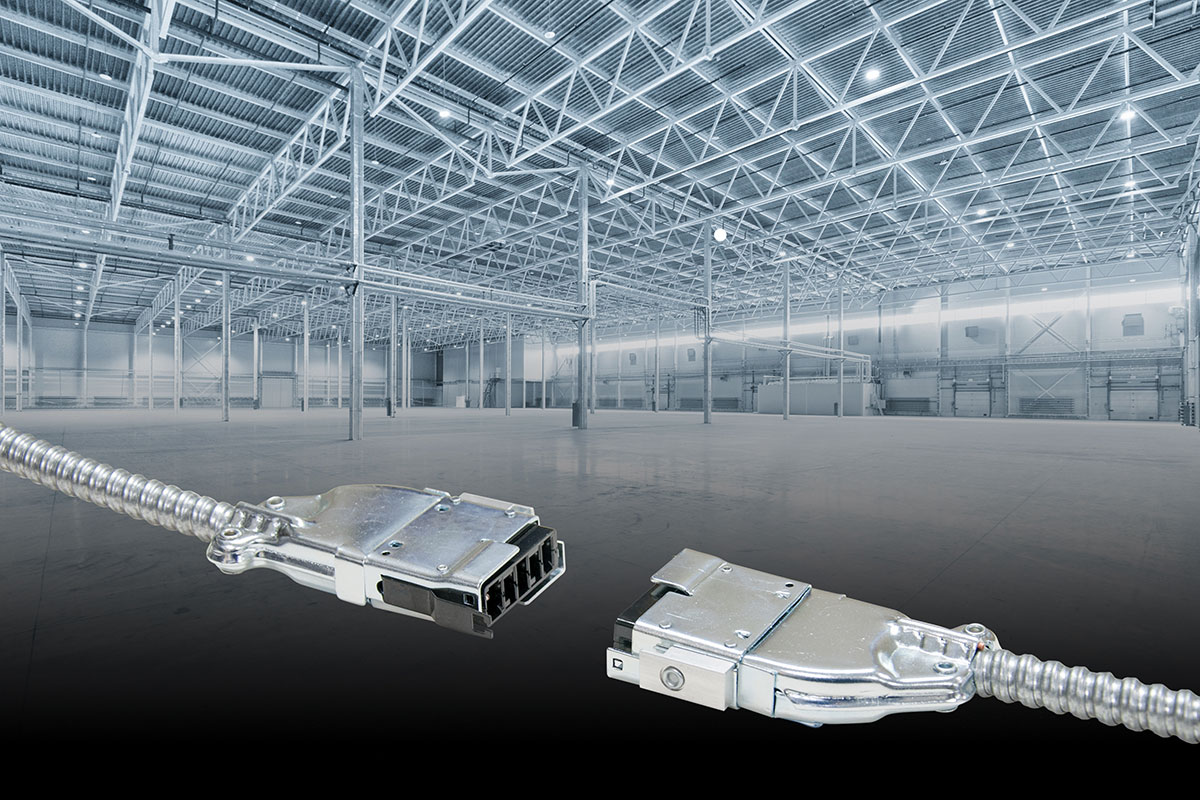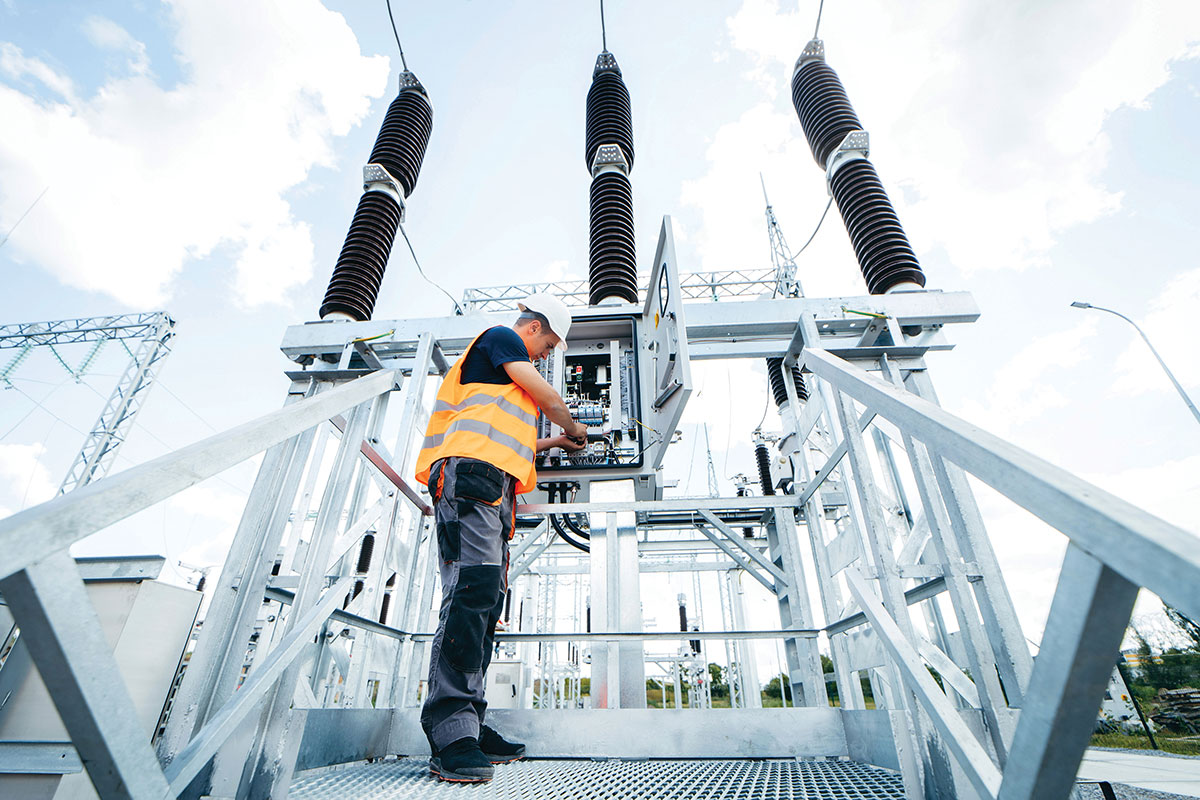Businesses are under more pressure than ever to improve bottom-line performance. But it’s a misconception to think that removing the cost of electrical compliance will create “real” savings. The short-term cost benefits will be quickly outweighed when the lack of compliance creates a tragedy.

To protect the health and safety of workers along with the public at large, there are three interconnected and crucial components to an effective electrical safety system:
- A solid installation code
- Product standards that coordinate with the installation code, along with certification to those standards
- A strong inspection and enforcement system
When any of the three components are undermined, the system can fail and expose workers and the public to electrical shock and fire hazards.
Recent events in North Carolina have shed light on misconceptions about electrical safety. A series of misinterpretations of the National Electric Code, as well as some misguided efforts by members of the state Legislature and economic development departments, have created concerns about worker safety.
The issue began in 2004, when a local manufacturer installed a number of electrically operated machines that were then inspected by the local jurisdiction. The county electrical inspection department found that the equipment had no listings or approvals and subsequently ordered the owner to have the machinery evaluated to ensure that it met applicable electrical safety standards.
The owner appealed the decision to the North Carolina Building Code Council, asking the council to accept the CE Marking of the equipment as being equivalent to a proper evaluation. However, industry experts quickly pointed out that CE Marking is not equivalent to a listing or labeling requirement in the United States; it only has meaning within the European Union, and there it only conveys that the manufacturer of the product states that it meets the appropriate European Directive. It also raises a red flag about the misunderstanding of how electrical safety is achieved.
Ultimately, the council decided that the machinery was not equipment and as such was not under the jurisdiction of the NEC and the inspection department. However, the Wake County Superior Court subsequently found that decision to be in error. The decision sparked a series of events over the next two years, including the Building Code Council’s attempt to redefine equipment in the North Carolina codes and numerous bills introduced into the state legislative process in an attempt to exempt any machinery from inspection.
Enforcement and Economic Development
The biggest concern with the events in North Carolina and similar situations is the recurring battle cry that “having to get equipment or machinery inspected keeps business from moving into our state.” However, economic development and good compliance with safety-related regulatory requirements can go hand in hand. Businesses are far better off in the long run having equipment that does comply with appropriate safety standards. The alternative is to have to deal with unsafe equipment and worker injuries, which have a higher bottom-line cost. It also is likely that the local citizens would expect that any business moving into an area be expected to provide a safe working environment for the employees.
Some argue that enforcing electrical safety requirements causes a business to locate elsewhere, but this is a short-sighted view that is not supported with facts. In fact, providing a safe workplace (including electrical safety) actually results in lower overall costs to the owner, such as fewer accidents and less time away from the job.
Economic development and a good electrical safety system can coexist and complement each other. Knowledgeable inspection authorities can be an asset to local businesses and can add value to the overall regulatory picture.
What’s the Real Problem?
In North Carolina, the real issue was not whether electrical inspections should be required on electrical machinery and equipment; rather, the owners wanted to utilize equipment that did not comply with any acceptable standards. The arguments about inspection of the equipment are really secondary to compliance with the standards. If the equipment was in compliance with the appropriate standards, the concerns about inspection would be non-existent.
There are some serious questions to consider:
1. Why do business owners purchase equipment that doesn’t comply with acceptable electrical safety standards? Is it lack of education? Lack of concern?
Answer: Typically, the issue is associated with the view that the first cost is the most important issue in purchasing machinery. However, if the owners demand equipment that meets the appropriate standards, manufacturers will all be competing to the same level of safety and the issue of first cost is minimized through competition.
In fact, this is a good example of how lack of enforcement by the local jurisdiction actually creates a competitive disadvantage for business. The business owner who is trying to do the right thing by purchasing equipment that complies with the proper safety standards is actually at a disadvantage to the business that will purchase any piece of equipment regardless of its level of safety. If good local enforcement was in place, every company would be competing on the same level playing field.
2. Why isn’t machinery built to comply with the appropriate standards? Does the machinery manufacturer view these as unimportant? Is the manufacturer simply avoiding the cost of providing appropriate electrical safety devices?
Answer: In most cases, it is because the equipment supplier was not given proper specifications by the purchaser as to what standards must be followed.
3. Many states in the United States require that equipment comply with appropriate standards. Why is the claim made that “You are the only state/jurisdiction that requires me to do this?” Are there many jurisdictions that simply ignore the compliance issues?
Answer: The best response to this claim is to network with inspection colleagues elsewhere in the state or country. The International Association of Electrical Inspectors is a great way to make those connections and share common concerns.
4. What role does the Occupational Safety and Health Administration (OSHA) play?
Answer: OSHA actually does require that, in general, equipment be certified, listed or labeled by a nationally recognized testing laboratory (NRTL). There are some limited provisions for custom-made equipment intended for use by a particular customer, but even in those cases, there must be test data available and that test data must be retained by the employer.
Generally, OSHA does not get involved until there is an accident at a location. However, the requirement to comply with the federal regulations is still in place regardless of whether OSHA performs an upfront inspection or not. Simply purchasing equipment that does not take into account the appropriate safety requirements is in conflict with the very regulations that OSHA promulgates. If an accident does occur, the OSHA involvement can then be very expensive through fines and penalties.
The inspection (or even the field evaluation) is not the biggest burden. It can be expensive to fix machinery to comply with appropriate standards, such as adding proper electrical overcurrent protection, proper grounding or undersized wiring. However, the electrical industry and safety professionals cannot let what are “minimal” economic considerations of compliance to appropriate standards undermine the most effective system of electrical safety that has ever existed.
Legislators and local government officials should be working with the electrical industry to ensure that the three components of electrical safety (installation codes, product standards/certification and inspection/enforcement) are continually improved— not removed. Otherwise, when a tragedy occurs, such as a death from fire or electrocution, many questions will be asked: What happened to the system? Where was the government in protecting the workers and the public?










Find Us on Socials